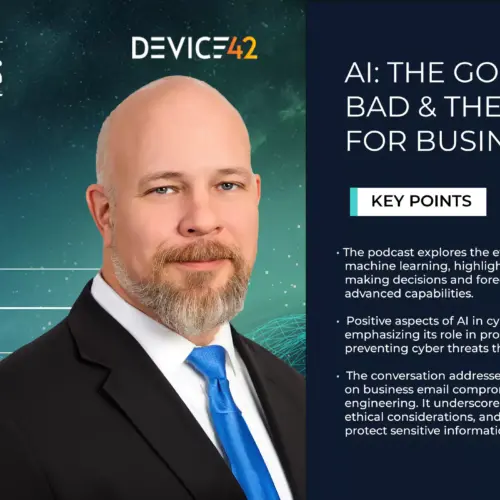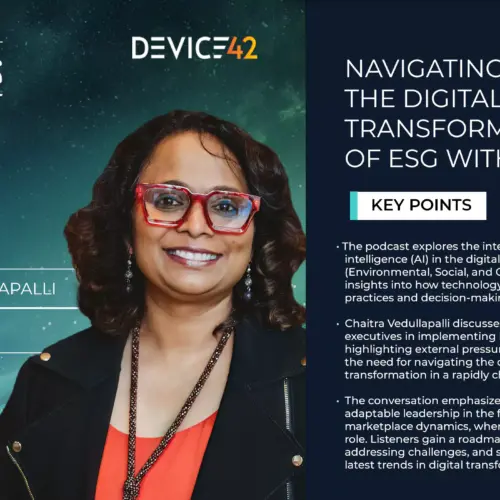
A lot of ink has been spilled over the forthcoming end of life dates for Windows 7, but the new year heralds an arguably more critical date. On January 14th, 2020, Windows Server 2008 R2 is going end-of-life. This means no more security updates, no new quality-of-life features, and no free technical support or knowledge base options. It’s all going away. Are you ready?
Windows Server 2008 is Deeply Entrenched
As of this writing, 60 percent of all Windows servers are running Windows Server 2008 That represents a colossal migration task for a deadline that’s barely more than three months away. Are companies expecting to upgrade or end-of-life 60 percent of their servers in such a short amount of time? Are they already planning to miss the deadline?
The fact is that it’s difficult to upgrade Windows servers. Cost is the first consideration – in 2017, Microsoft changed its licensing program, and now charges per core and per processor. One base license now covers up to 16 cores, but users will need to purchase extra licenses above that amount. Datacenter licenses can support unlimited instances, but those licenses cost $6,155 for Windows Server 2019. Depending on how many licenses you need, you may end up spending a significant portion of your budget.
In addition, there are the applications running on Windows Server 2008 to think of. If your applications are mostly provided by big-name vendors, you may not have any problems. If you’re relying on applications provided by independent vendors, however, you may not be in luck. These vendors may be under-resourced in terms of being able to update their applications, and some of them may no longer be in business.
To be clear, these are reasons why it’s difficult to upgrade from Windows Server 2008. These are not reasons not to upgrade from Windows Server 2008. That’s because the difficulties of failing to upgrade is almost universally worse.
Not Upgrading is Much Worse Than Upgrading
If you think upgrading sounds bad, think about what’s going to happen when you don’t.
For starters, you are leaving yourself open to major vulnerabilities. For comparison, think about what happened after Windows Server 2003 went end-of-life in 2015. Two years later, the vulnerabilities for that operating system contributed to the spread of both WannaCry and NotPetya.
It is all but certain that similar vulnerabilities for Windows Server 2008 will crop up. What’s more, the major vulnerabilities aren’t even the ones you need to worry about. Microsoft will still release patches for end-of-life software if it’s deemed dangerous enough to cause global outages, but you’re on your own for nearly anything else.
In addition, the compliance implications of running Windows Server 2008 past end of life are anything but sunny. PCI-DSS requires companies to maintain a vulnerability management program in which every application is patched up to date, something that’s not possible with EOL software. HIPAA also requires companies to patch vulnerabilities as they are found. Failing to upgrade Windows Server past the end of life date could be interpreted as willful non-compliance – i.e. the auditors told the organization to upgrade their devices, but they kept running EOL servers regardless. . This will earn the highest level of fines.
How do you Migrate Out of the Mess?
You have three options:
First, you can pay up. Microsoft offers an extended support program for three years following its official end of life date. If you can’t or won’t migrate and have the resources to pay for this program (it’s expensive) then you might consider it.
Second, Microsoft is also offering three years of free extended support to anyone who moves their Windows Server 2008 implementation to Azure. If you wanted to move to Azure anyway and you think that your implementation can survive a quick lift-and-shift, then this may be your best option.
What if you aren’t thrilled about the prospect of moving to Azure – or are concerned that your implementation needs more than a lift and shift? In that case, you need to start planning for how you will upgrade to a later version of Windows Server, as well as any infrastructure upgrades that you need to support that migration.
No matter whether you choose to migrate to the cloud or upgrade your servers. Device42 can help. We offer a sophisticated application dependency mapping solution that provides users a clear picture of their existing deployment and its dependencies. This makes it easy to identify good candidates for migration, then plan, and intelligently lift and shift existing applications wherever they need to go.
Although you many need to perform a migration to beat the end of life deadline, it doesn’t have to be difficult or take a long time. Find out more by installing a free trial today!




